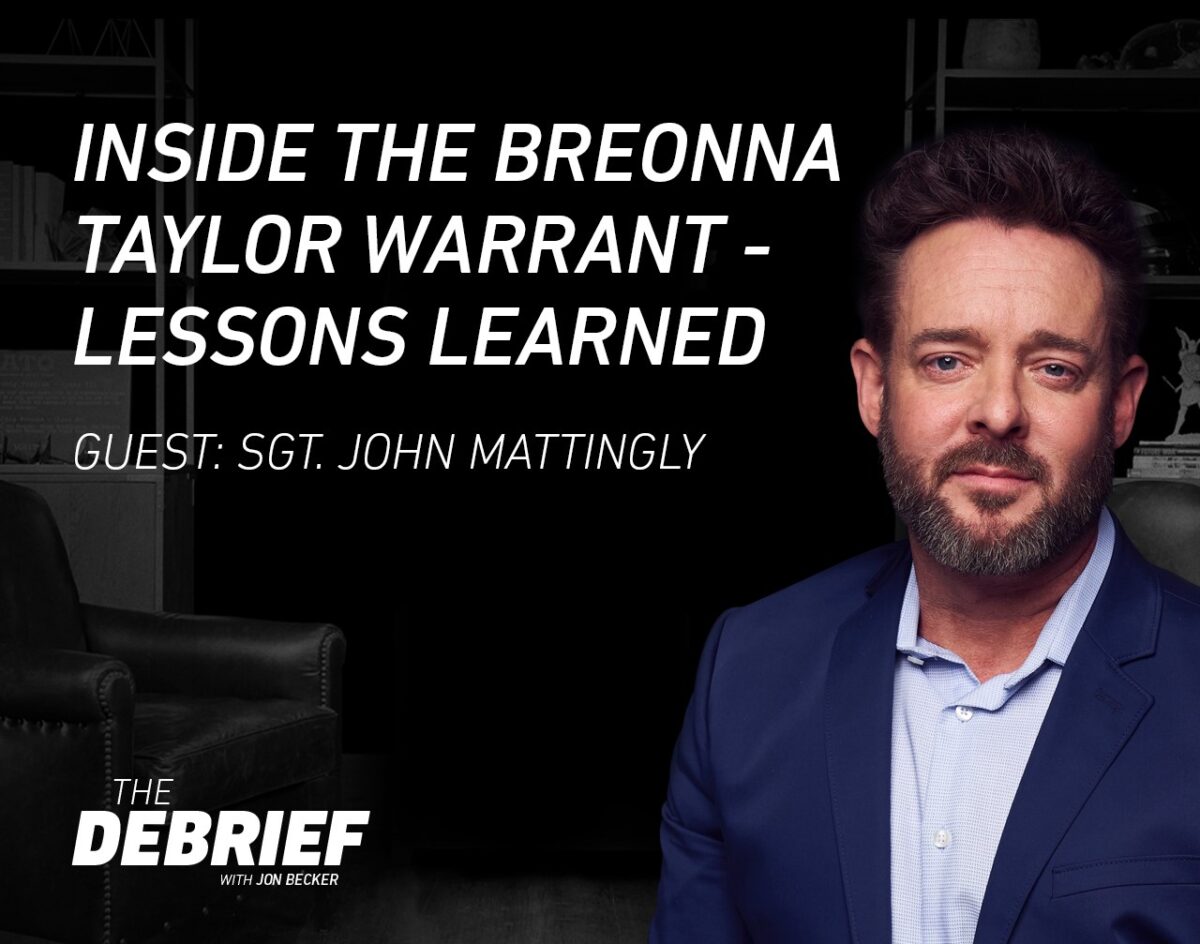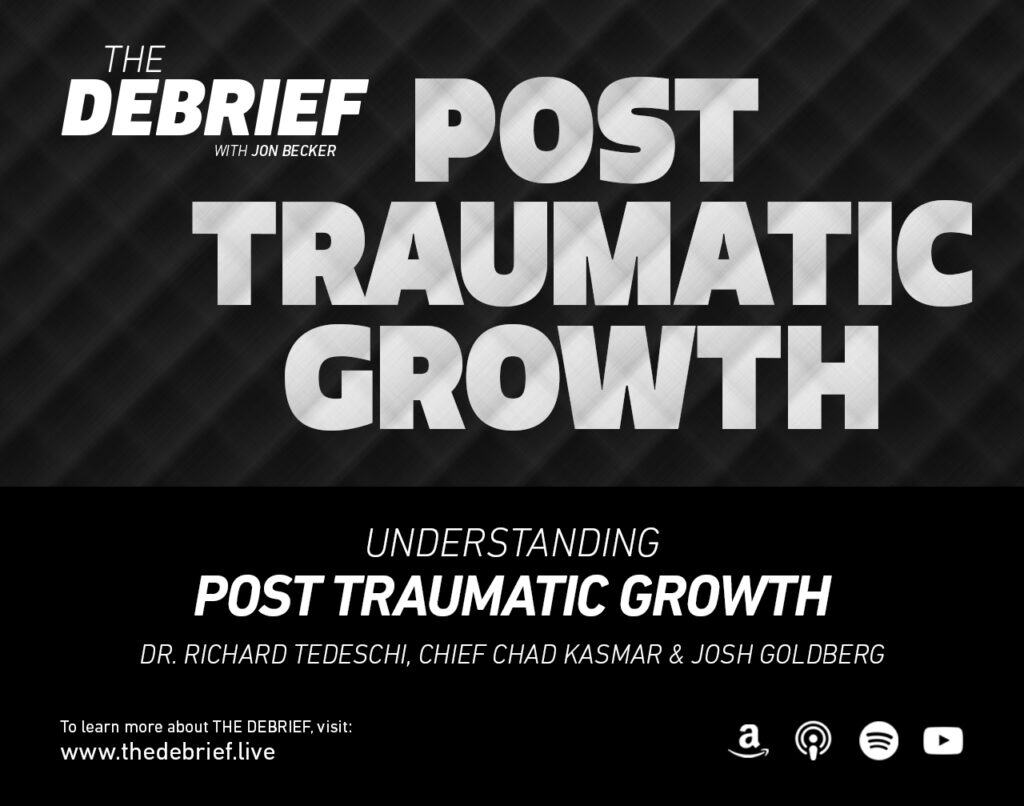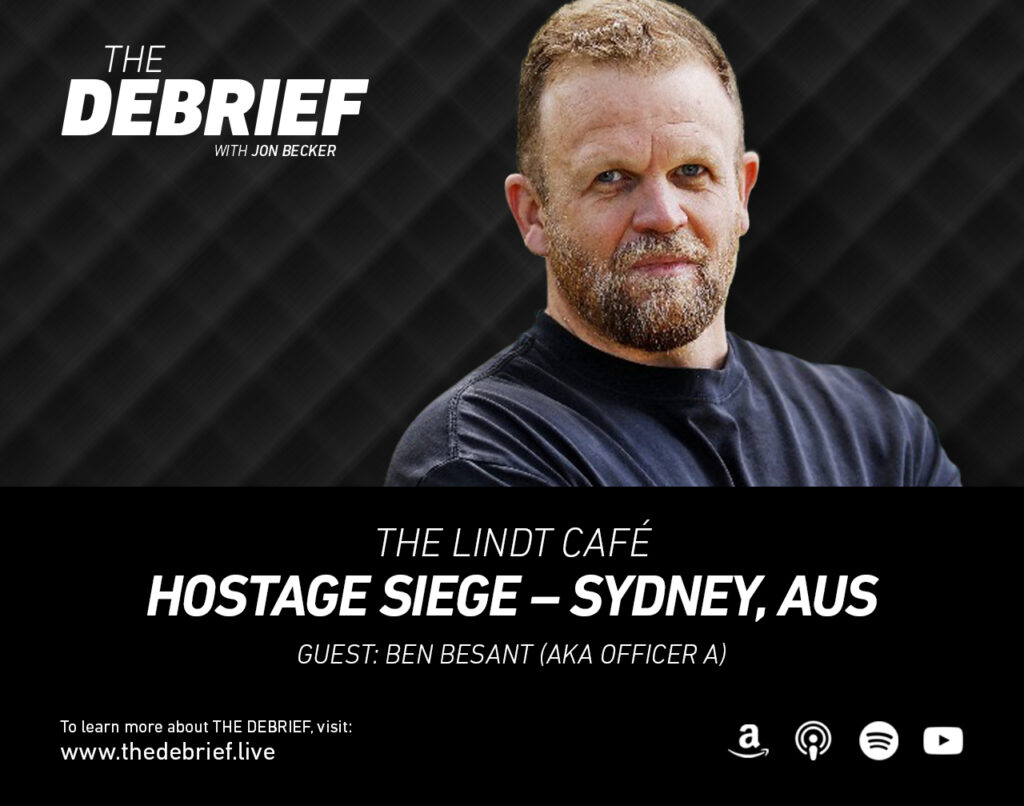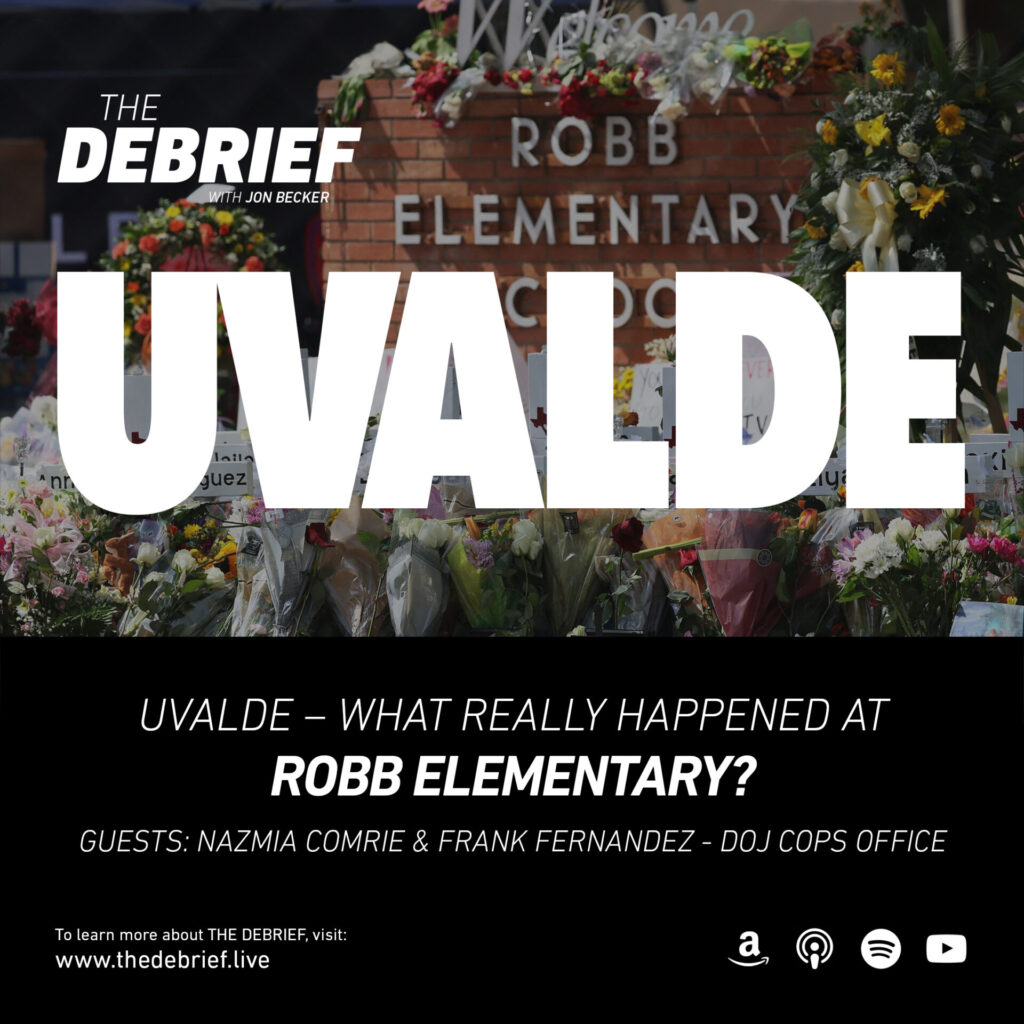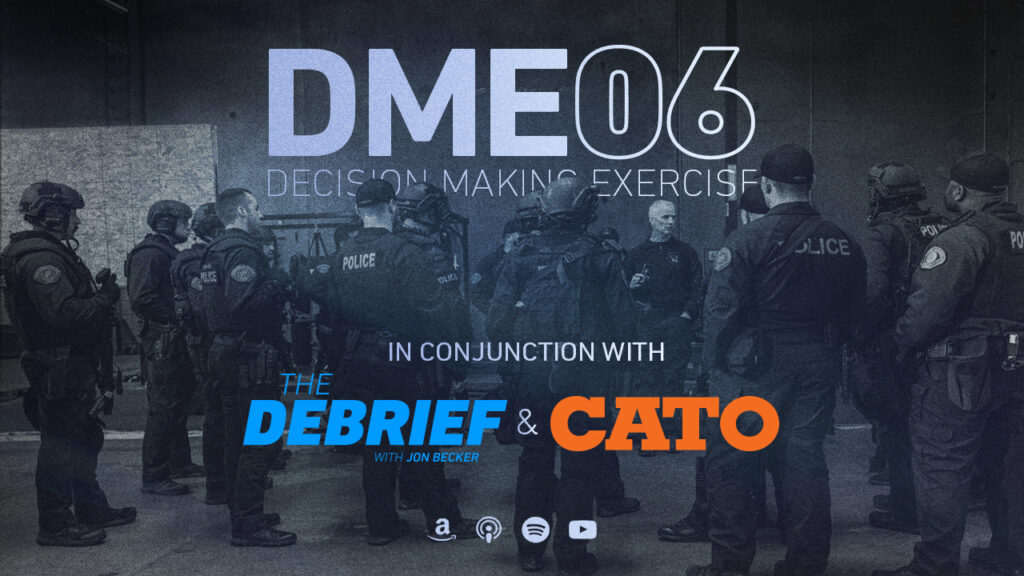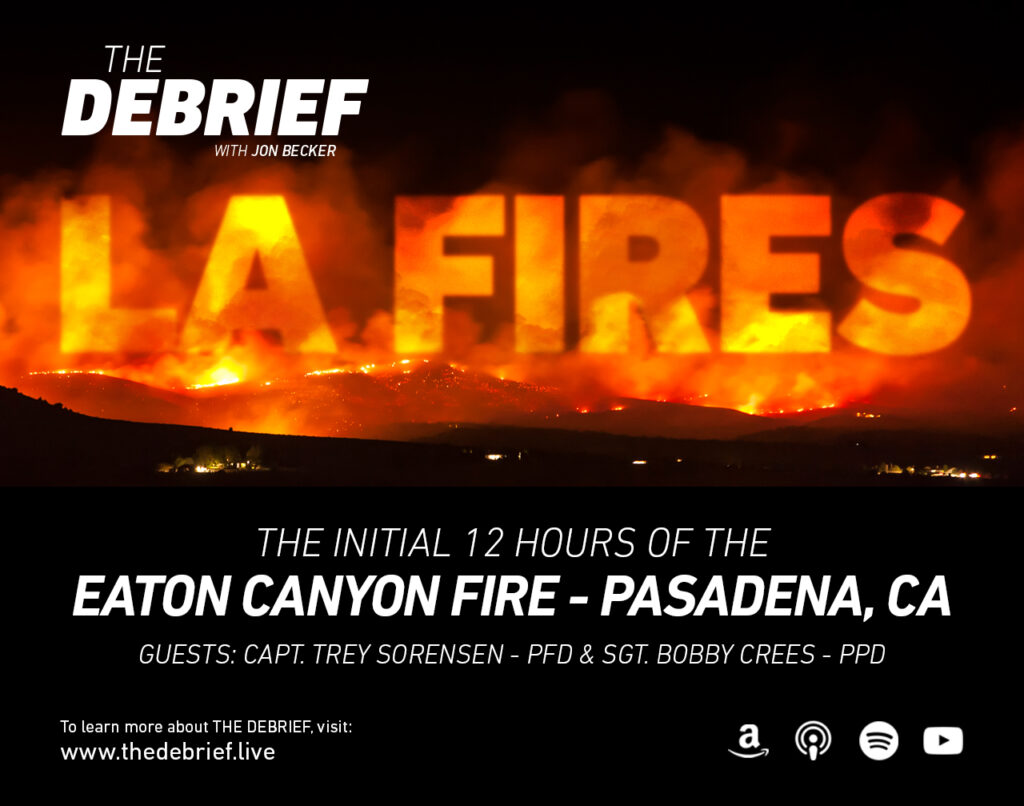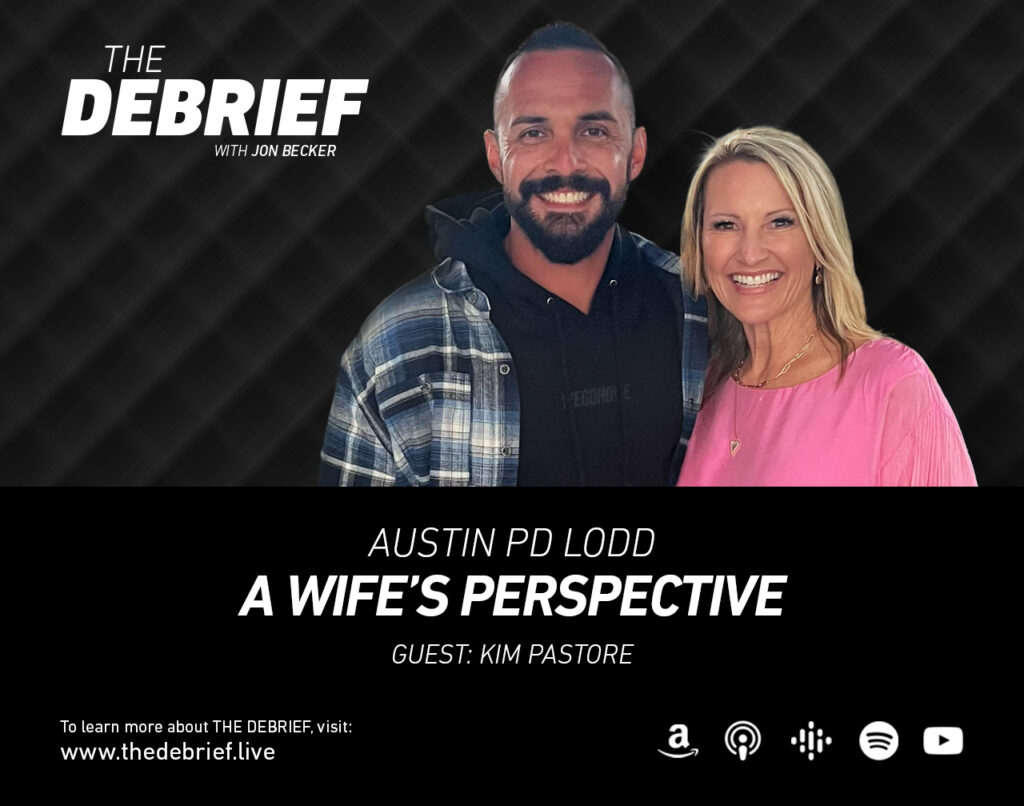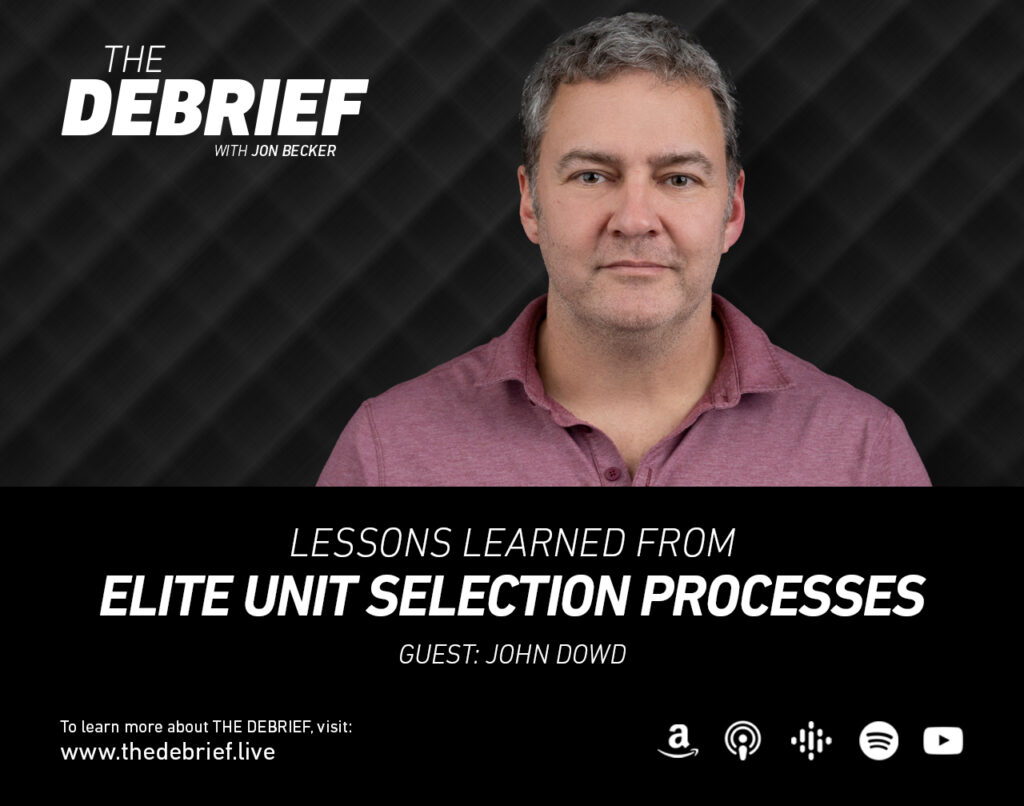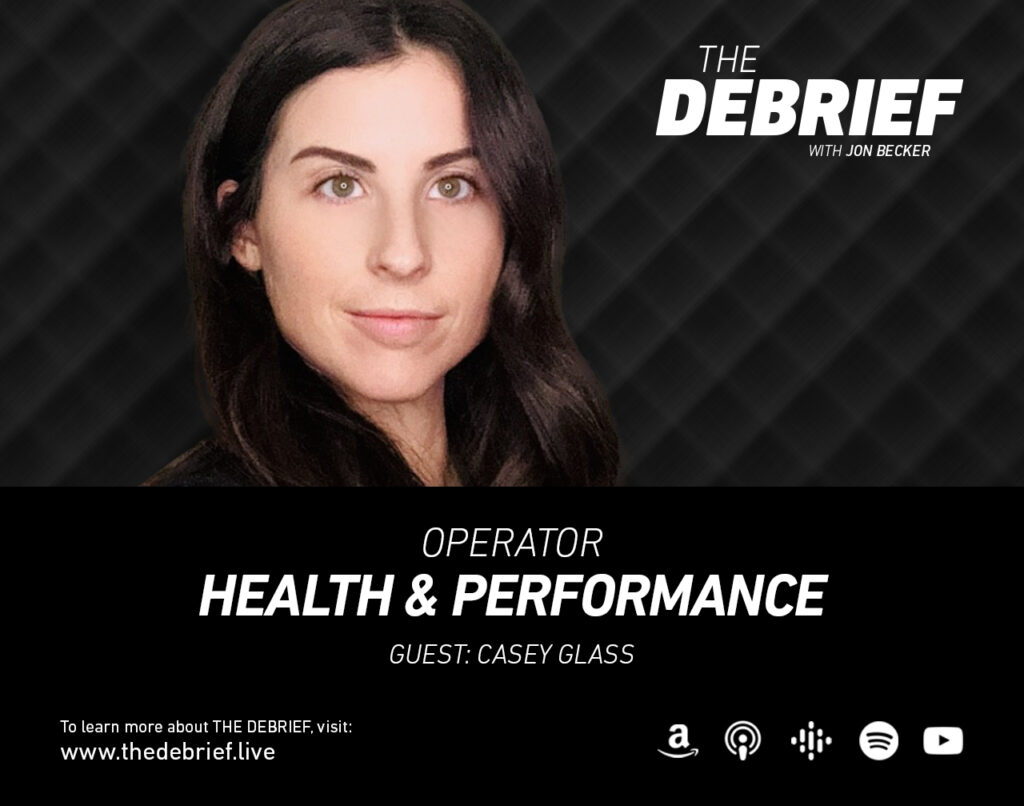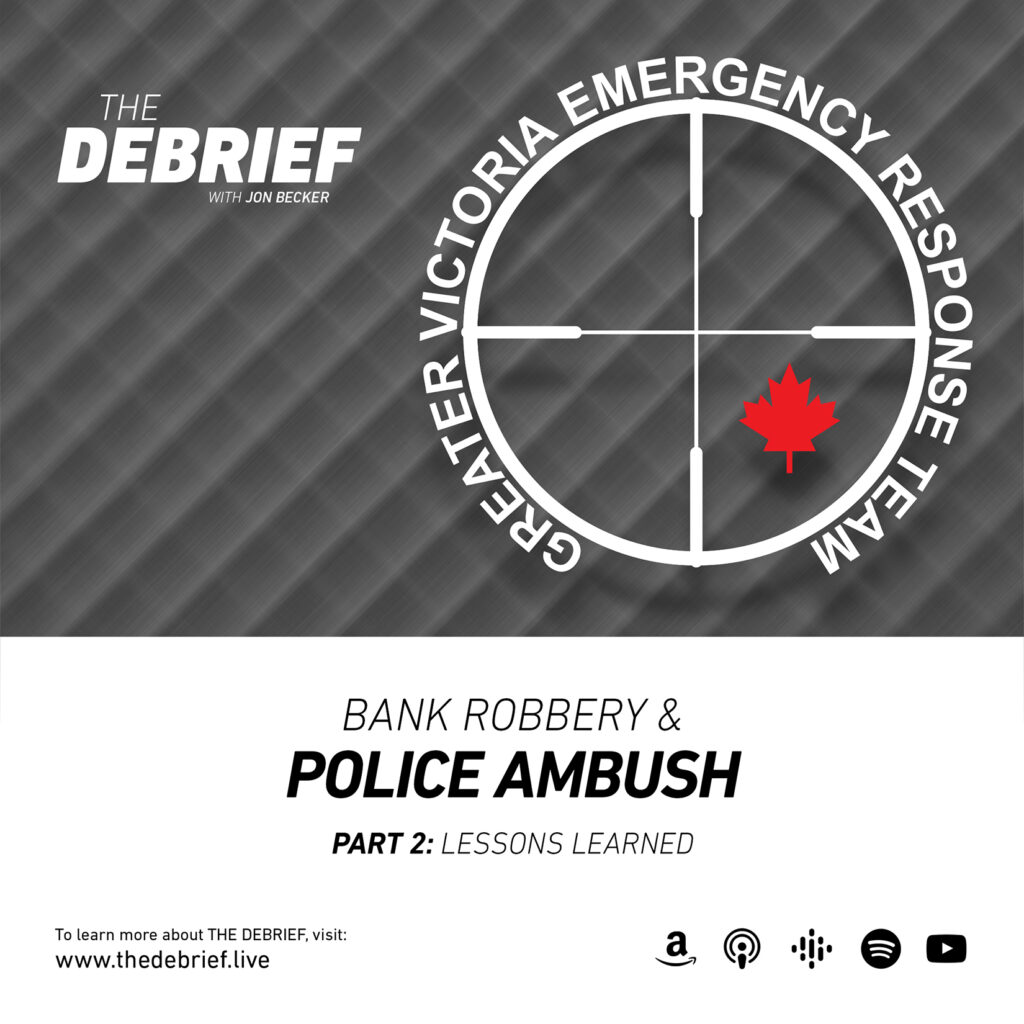Introduction
On May 24, 2022, an active shooter took the lives of 19 children and two staff members and physically and mentally injured the survivors, their families, staff, teachers, and the broader community in Uvalde, Texas. At the request of Uvalde’s leadership, the U.S. Department of Justice established the Critical Incident Review (CIR) to conduct an independent, objective assessment of what happened that day and assess the systems in place in the weeks leading up to May 24. The goal of the episode is to provide information to those most affected by the tragedy and to build knowledge regarding how to best respond to incidents of mass violence. This panel will provide an overview of the incident and present observations and recommendations from the DOJ report in the areas of tactics, leadership, and incident command.
Guests
Nazmia E.A. Comrie is a sociologist (policing assistance and reform) at the U.S. Department of Justice Office of Community Oriented Policing Services (COPS Office). She provides leadership for the development, implementation, and delivery of technical assistance efforts to state, local, tribal, campus, and territorial law enforcement agencies across the country as the program manager for the Collaborative Reform Initiative (CRI) Technical Assistance Center and CRI: Critical Response programs. Nazmia has more than 13 years of experience in managing programs in the areas of police reform, mass demonstrations, agency safety and wellness, and combating human trafficking, hate crimes, and interpersonal violence. To date, Nazmia has authored and co-authored a number of publications relevant to her areas of expertise and the criminal justice field as a whole, including the “Critical Incident Review: Active Shooter at Robb Elementary School” and “Building Stronger, Safer Communities: A guide for law enforcement and community partners to prevent and respond to hate crimes.” In addition, Nazmia was a significant contributor to the “After-Action Assessment of the Police Response to the August 2014 Demonstrations in Ferguson, Missouri” report that was released in 2015. Nazmia received her bachelor’s degree in psychology from the University of Rochester and her master’s degree in criminal justice from University at Albany, where she worked on research involving homicides, wrongful convictions, community policing, and gangs.
Frank G. Fernandez is currently the president of Blueprints 4 Safety (B4S) Strategies Group LLC; a security and risk assessment consulting firm specializing in vulnerability assessments, strategic planning, and best practice policing/public safety strategic development. Aside from his current engagement in the private sector, Fernandez possesses extensive executive-level government and law enforcement experience in the Miami metropolitan area, as well as adjunct faculty experience in the Miami-Dade academic arena. During his 25 years of service in the law enforcement field, Fernandez’s experience includes top leadership positions such as deputy chief of police and chief of operations for the Miami Police Department (MPD), as well as key positions in Patrol, Narcotics, Crime Suppression, Tactical and Investigations Unit, Community Affairs Section, and the Neighborhood Enhancement Team (NET). He also held team leader and command positions in the Miami Police SWAT team. Fernandez has worked as an expert police consultant to the U.S. Department of Justice, Civil Rights Division, for over 11 years. He is currently the Vice-Chairman and past Chairman of the IACP Firearms Committee. Post-retirement from MPD in 2010, Fernandez served as police chief and assistant city manager for public safety for the City of Hollywood, FL. Subsequently, he was recruited by the City of Coral Gables, FL, to be the assistant city manager/director of public safety with operational authority over Police, Fire, and Emergency Management in addition to Information Technology, Labor Relations and Risk Management, and Human Resources Departments. Fernandez holds a Bachelor’s Degree from Barry University and a Master’s Degree from Nova Southeastern University. He has served as an adjunct professor at Miami-Dade College School of Business and at Florida International University Department of Criminology and Criminal Justice. In 2018, Fernandez was the Chairman for the American Heart Association and has recently been appointed as a Board Member for the greater Miami/Fort Lauderdale Board of Directors. He has been awarded the National Latino Peace Officers Association’s Chief’s Leadership Award, and the nationally recognized Police Executive Research Forum’s Gary P. Hayes Leadership Award, among others.
Resources
DOJ Report – https://cops.usdoj.gov/uvalde
jonathan@aardvarktactical.com
on
August 7, 2025

